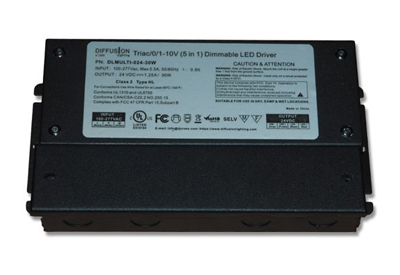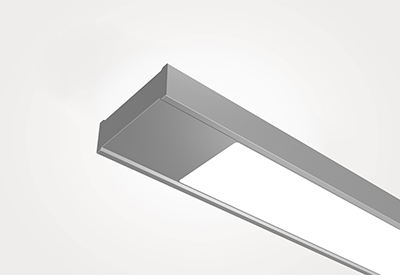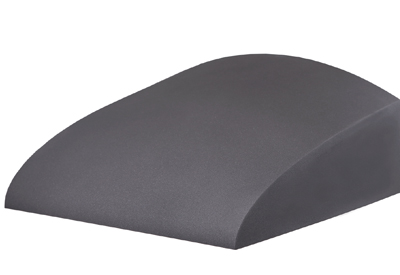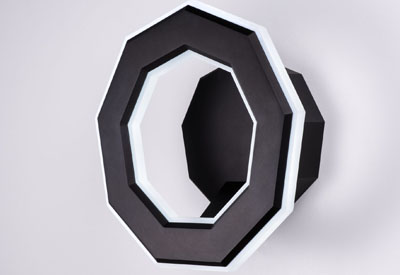Wieland Compact DIN Rail Power Supply Modules

August 11, 2016
Wieland Electric Inc. has expanded its wipos series of DIN rail power supply modules with a new compact design for control cabinet applications. The new wipos PS series power supplies carry worldwide agency approvals, including UL, CSA, CE, as well as approvals for hazardous locations (Class 1, Div. 2) and shipboard installations (Lloyd’s Register).
The wipos PS1 Series power supplies are rated for 24VDC/1.25A to 20A output power, with capability for 120% power boost for 10 seconds. The modules accept a wide range of input voltages (85 – 264VAC/90 – 350VDC) for worldwide use, and feature power factor correction on modules rated ≥5A. Available in five module sizes, ranging from 32mm x 90mm x 90mm (1.25A) to 95mm x 125mm x 150mm (20A), the power supplies can be connected in parallel or in series, and are rated for operation between -40°C and +70°C (with 100% power at 60°C).
The wipos PS3 Series power supplies are rated for 24VDC/5A to 40A output power, with capability for 120% power boost for 10 seconds, and accept a wide range of input voltages (320 – 576VAC/450 – 810VDC) for worldwide use. Available in four module sizes, ranging from 40mm x 125mm x 122.2mm (5A) to 135mm x 125mm x 180mm (40A), the PS3 Series power supplies are rated for operation between -40°C and +70°C (with 100% power at 60°C). The PS3 supplies can also be powered using only 2 phases and still deliver 100% of their power ratings.
“The new wipos Series power supplies provide design engineers with the proven performance of Wieland’s rugged DIN rail power supply modules in a slim, compact housing,” says Martin Lalonde, Applications Engineer at Wieland Electric. “Rated for Class 1/Div. 2 harsh environments, as well as shipboard installations, the wipos PS1 and PS3 Series power supplies are ideal for a range of challenging applications.”
Wieland’s wipos Series power supply modules feature compensation for voltage drops through the adjustable output voltage.
Find out more: www.wieland-electric.ca/en-ca/products/electronics-control-cabinet.










![Guide to the Canadian Electrical Code, Part 1[i], 26th Edition – A Road Map: Section 10 – Grounding and Bonding](https://electricalindustry.ca/wp-content/uploads/2022/11/Guide-CE-Code-2.png)





